The semi-trailing arm rear suspension system has garnered attention in recent years, particularly within the realms of heavy hauling and commercial transportation. As manufacturers of high-quality semi-trailers, we recognize the importance of optimal suspension systems in enhancing vehicle performance and ensuring the longevity of trailers.
What is a Semi-Trailing Arm Rear Suspension System?
At its core, the semi-trailing arm rear suspension encompasses a unique design that allows for greater flexibility and adaptability compared to traditional suspension systems. This type of suspension features arms that are mounted at an angle, allowing the wheel to move backward in relation to its vertical axis during suspension travel. This pivotal characteristic leads to improved wheel alignment and enhanced tire contact with the road surface.
Key Components of Semi-Trailing Arm Suspension
| Component | Description | Functionality |
|---|---|---|
| Trailing Arms | Beam-like structures connecting the axle to the vehicle frame | Allows for vertical movement of the axle |
| Bushings | Rubber or polyurethane components to reduce friction | Minimizes wear and enhances comfort |
| Shock Absorbers | Dampens oscillations and provides a smooth ride | Improves vehicle stability |
| Coil Springs | Springs that absorb and distribute weight evenly | Supports vehicle load and provides elasticity |
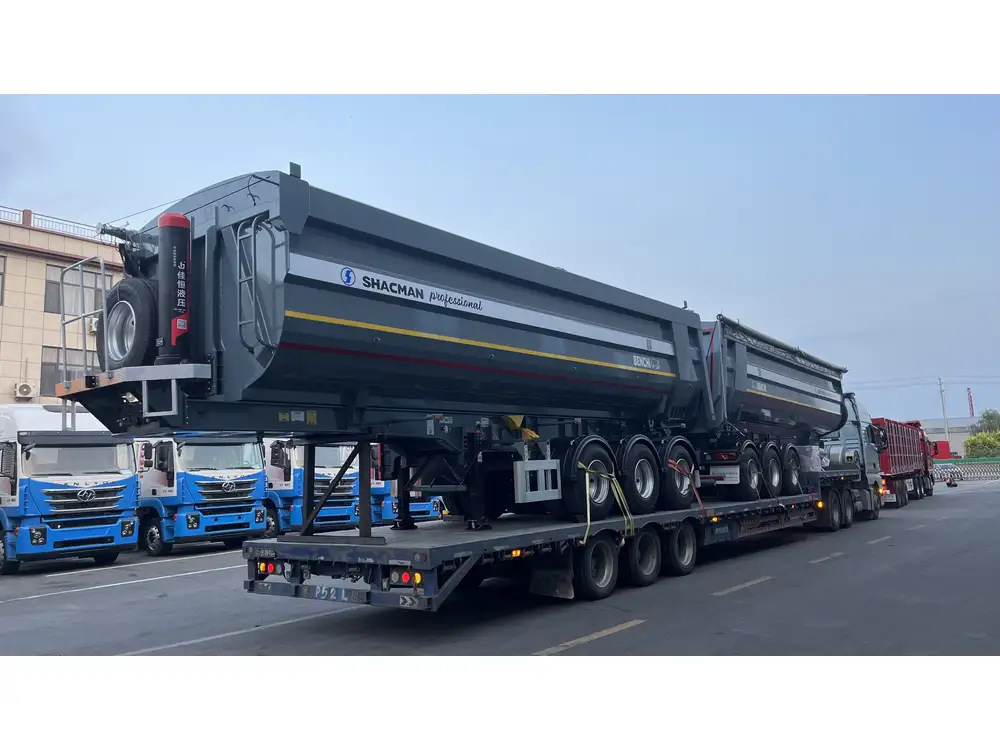
Advantages of Semi-Trailing Arm Rear Suspension
1. Enhanced Ride Comfort
The semi-trailing arm design optimizes shock absorption. With advanced coil springs and shock absorbers, this system smooths out the bumps and jolts from the road, minimizing vibrations transmitted to the trailer’s cargo and, ultimately, the driver.
2. Improved Load Stability
This suspension system excels at maintaining the load’s stability, especially when navigating uneven surfaces or making sharp turns. The semi-trailing arm allows wheels to track more evenly, preventing excessive sway and maintaining optimal wheel contact with the road.
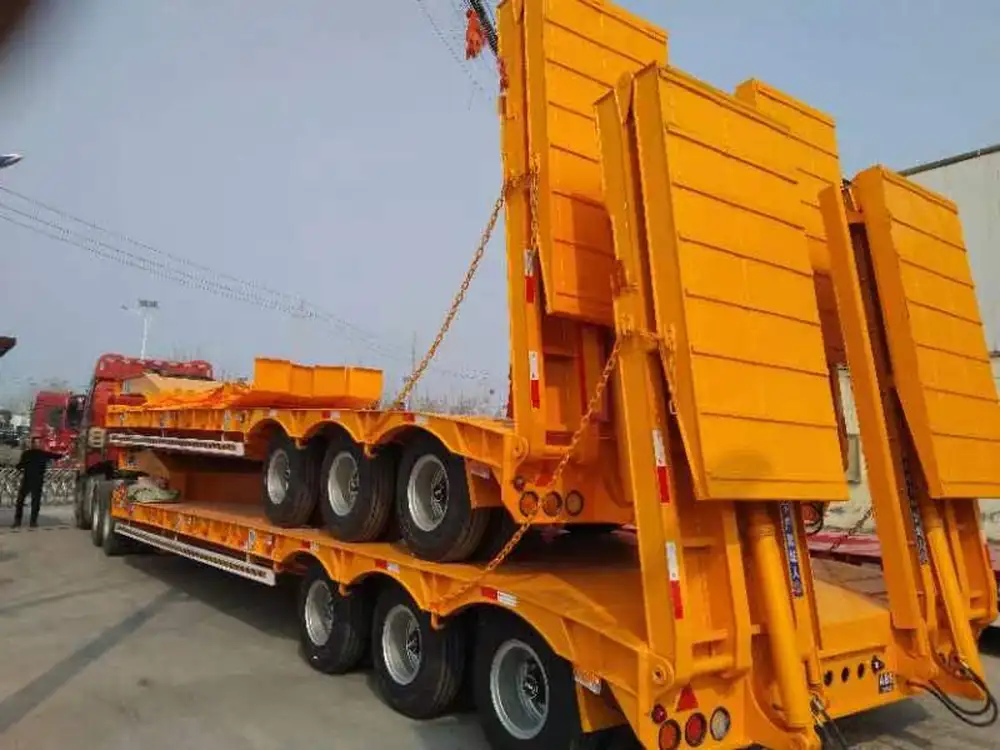
3. Reduced Tire Wear
Due to its superior geometrical design, a semi-trailing arm rear suspension mitigates uneven tire wear. Proper alignment and prolonged axle life are direct outcomes, reducing logistic costs associated with frequent tire replacements.
4. Superior Traction Control
By permitting the wheels to follow the road surface more effectively, the suspension enhances traction. This is particularly crucial for semi-trailer applications involved in hauling heavy loads, where adequate grip translates directly to safety and efficiency.
5. Versatile Application
This suspension system is adept across a range of vehicle uses, from standard highway driving to more rugged, off-road conditions. Thus, it has become a preferred choice among various manufacturers, particularly those engaged in specialized hauling.
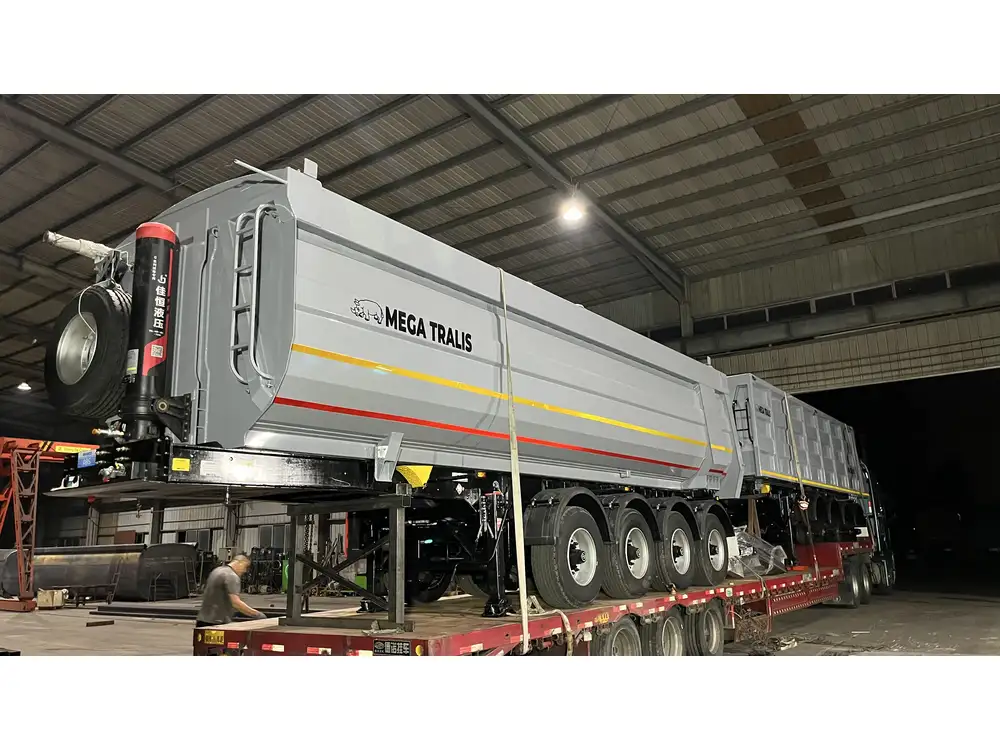
Comparison with Other Suspension Systems
When examining suspension systems available for semi-trailers, it’s crucial to analyze differences in design and function. Below is a comparative overview of semi-trailing arm suspension versus other common types of suspension:
| Feature | Semi-Trailing Arm | Leaf Spring Suspension | Air Suspension |
|---|---|---|---|
| Load Distribution | Excellent | Moderate | Excellent |
| Ride Comfort | Superior | Good | Excellent |
| Maintenance Frequency | Low | Moderate | High |
| Adjustability | Moderate | Low | High |
| Cost-Efficiency | High | Low | Moderate |
Applications of Semi-Trailing Arm Rear Suspension
1. Heavy-Duty Hauling
In industries that involve transporting heavy freight, the semi-trailing arm rear suspension becomes indispensable. Its ability to handle substantial weight while preserving handling and ride comfort is unmatched. This directly translates into logistical efficiency and safety during transit.

2. Urban Freight Transport
For urban logistics, where vehicles encounter frequent stops, starts, and turns, the semi-trailing arm suspension provides the necessary adaptability, ensuring that cargo remains stable even under challenging conditions.
3. Specialty Vehicles
Many specialized vehicles, such as those for construction and dump trailers, benefit from a semi-trailing arm suspension. The enhanced wheel control promotes safer navigation through rugged terrains, maintaining operational efficiency for contractors and builders.
4. Long-Distance Freight Transportation
Long-haul trucking operations favor vehicles equipped with this suspension due to the increased level of comfort provided to drivers over extended hours. In addition, the system’s durability contributes to lower maintenance costs, a crucial factor for fleet operators.
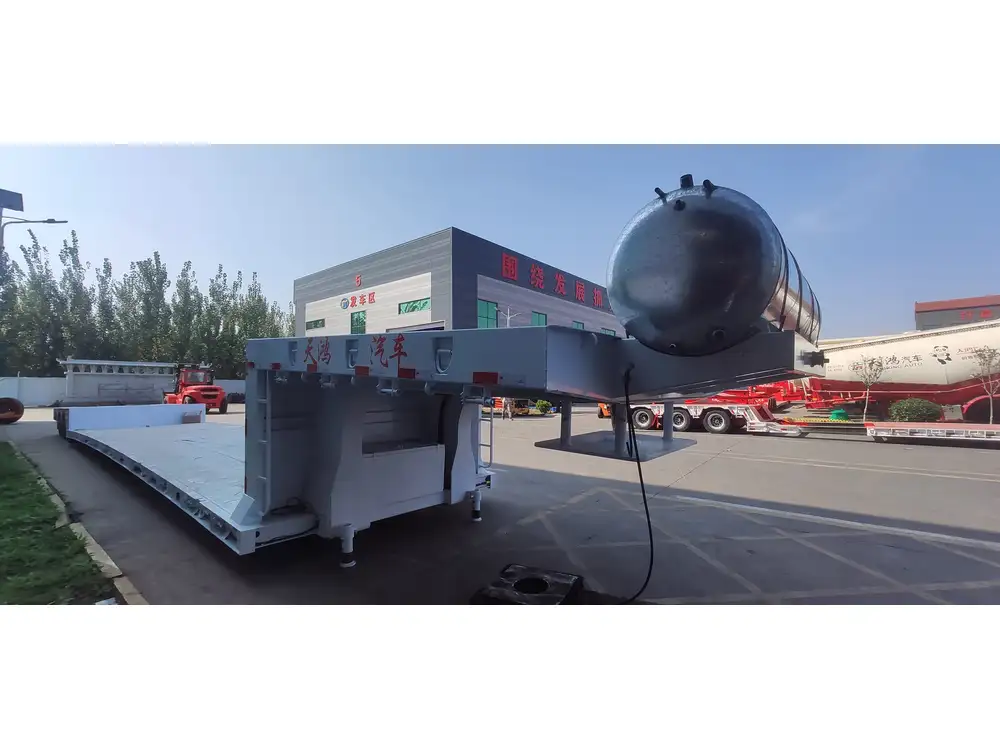
Maintenance Considerations
Proper maintenance of a semi-trailing arm rear suspension is vital for ensuring longevity and optimal performance. Here are essential maintenance tips:
Regular Inspections
- Visual Checks: Inspect for signs of wear, such as cracking or deformation in the trailing arms and bushings.
- Fluid Levels: Ensure that shock absorbers are properly charged to maintain effectiveness.
Component Replacement
- Bushings: Replace worn or damaged bushings promptly to prevent excessive movement and instability.
- Shock Absorbers: Regularly replace shocks based on usage and road conditions; refer to manufacturer recommendations.
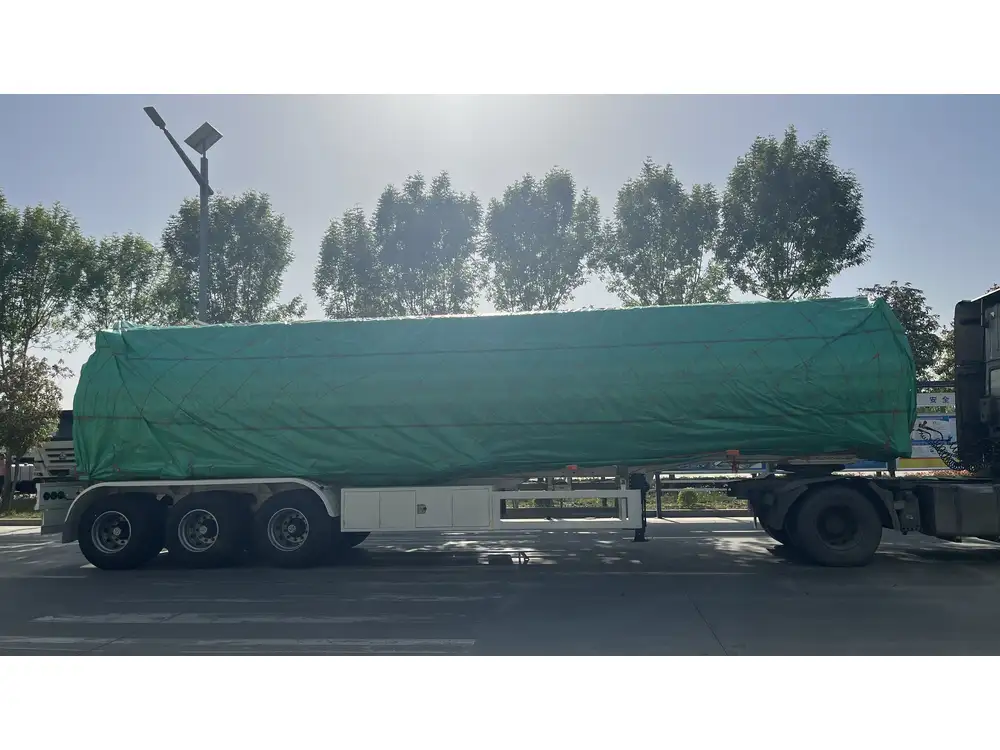
Alignment and Balancing
- Wheel Alignment: Ensure proper alignment to avoid uneven tire wear and maximize both traction and fuel efficiency.
- Balancing: Check the balance of the suspension system to ensure it is handling loads effectively, minimizing vibrations that can compromise the integrity of the trailer.
Conclusion
In conclusion, choosing a semi-trailing arm rear suspension system offers substantial advantages for manufacturers and operators of semi-trailers. Its design provides exceptional ride comfort, enhanced stability, and a significant reduction in maintenance costs.
For anyone considering options for their fleet, the semi-trailing arm rear suspension stands out as a compelling, innovative choice. Understanding its functions, advantages, and applications will empower users to make informed decisions that align with their operational goals.
Future Innovations in Suspension Systems
As technology progresses, innovations within suspension systems, including semi-trailing arms, are expected to develop. Advancements such as integrated sensor technologies could lead to real-time monitoring, improving safety and performance even further.

Anticipated Trends:
- Smart Suspension Technologies: Integration of sensor-based monitoring systems that adjust suspension firmness based on load and terrain.
- Sustainability Initiatives: Movement towards materials that reduce environmental impact while maintaining high efficiency, performance, and durability.
In summary, as the trucking industry evolves, the semi-trailing arm rear suspension system is poised to remain at the forefront, balancing the demands of safety, comfort, and cost-efficiency that define modern transportation needs. Understanding these systems is not just an advantage; it’s an investment in future viability for any fleet operation.



